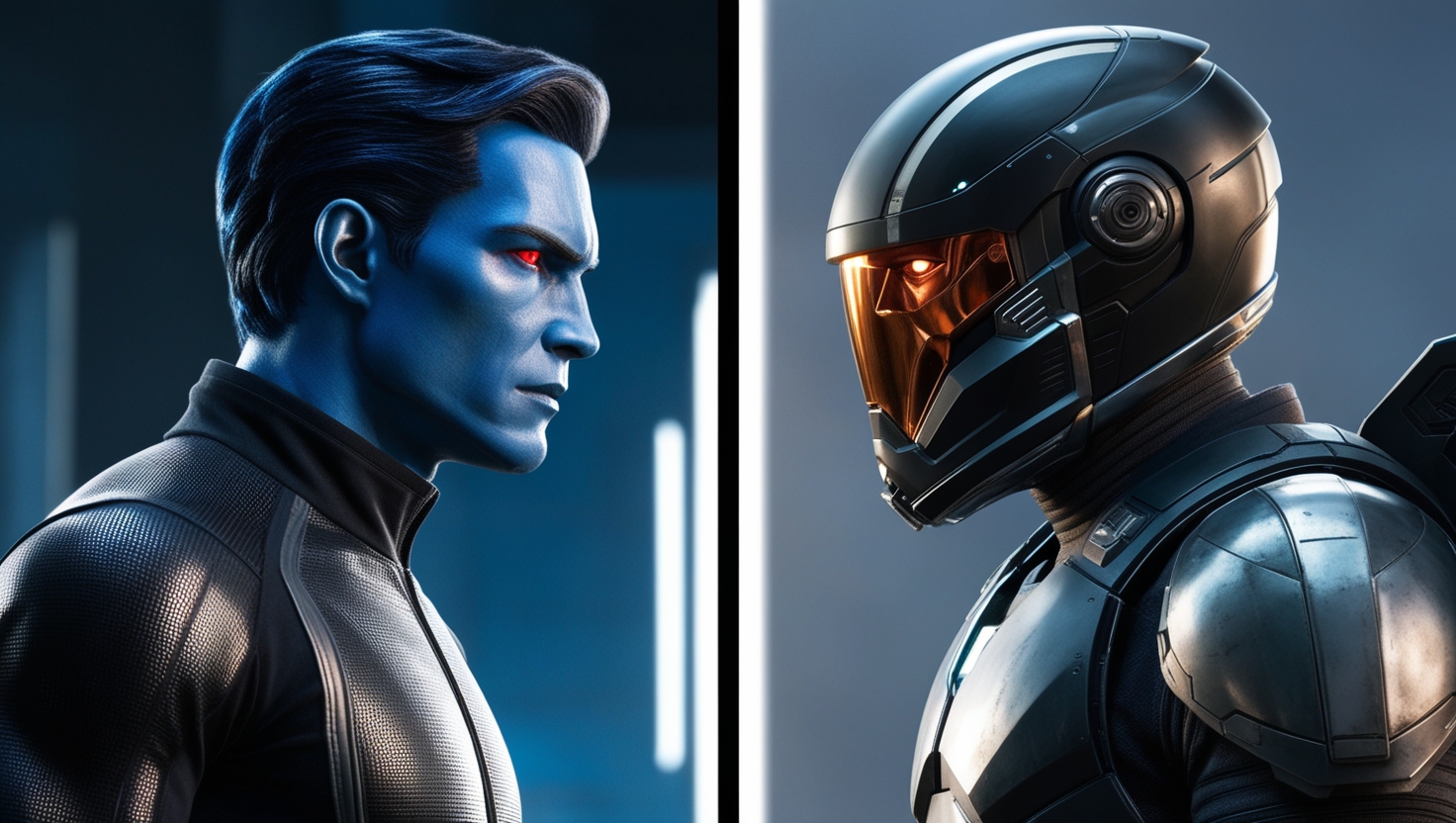
Science fiction is a genre that blends imaginative storytelling with scientific or technological concepts. One of sci-fi’s most intriguing aspects is its “hardness” spectrum, which measures how closely a work adheres to known scientific principles. At one end, there is speculative evolution and future possibilities, as explored in projects like Infinity Horizon. These offer grounded (or hard) explorations of biological and technological advancements. At the other end of the spectrum, you have universes like Warhammer 40k. These offer more fantastical narratives that embrace creativity largely unconstrained by scientific laws. This article explores the difference between hard and soft science fiction, providing insights into what makes each type distinct.
What is Science Fiction Hardness?
The “hardness” of sci-fi isn’t about how difficult it is to read or understand. Instead, it refers to the degree to which the story’s scientific elements align with known physical laws. This spectrum ranges from ultra-realistic depictions grounded in modern science to fantastical tales that stretch (or outright break) the boundaries of possibility.
Soft Science Fiction: Imagination First, Realism Second
At the softer end of the spectrum, sci-fi ventures into realms where scientific accuracy takes a backseat to imaginative storytelling.
- Characteristics:
- Loosely follows or entirely ignores real-world scientific principles.
- Focuses on themes like sociology, philosophy, or psychology.
- Often overlaps with science fantasy.
- Examples:
- The Hitchhiker’s Guide to the Galaxy by Douglas Adams: The Babel Fish – a small creature that translates all languages when placed in the ear – represents this category. It’s a whimsical concept without any grounding in real-world science.
- Ubik by Philip K. Dick: Explores metaphysical and surreal ideas far removed from known scientific laws.
Soft sci-fi thrives on creativity, often prioritizing narrative and thematic depth over technical detail and realism.
Hard Science Fiction: Science Takes Center Stage
Hard sci-fi, on the other hand, rigorously adheres to scientific principles, often using real or speculative science to craft its stories.
- Characteristics:
- Grounded in established scientific theories or plausible extensions of them.
- Detailed explanations of technology and physics.
- May explore how small changes to scientific laws affect the universe.
- Examples:
- Tau Zero by Poul Anderson: Explores interstellar travel using the Bussard ramjet, a theoretical spacecraft propulsion method proposed in the 1960s.
- Orthogonal by Greg Egan: Changes a fundamental aspect of physics—space-time metrics—and examines the consequences with precision.
Hard sci-fi often challenges readers with complex concepts, making it both intellectually stimulating and rewarding.
The Speculative Hepta-scale of Sci-Fi Hardness
To better understand the spectrum, the speculative hepta-scale offers a seven-level classification of sci-fi hardness. Here’s a summary:
- Babelfish (Softest): Pure science fantasy with no attempt at scientific explanation.
- Example: Babel Fish from The Hitchhiker’s Guide to the Galaxy.
- Something-Something Field Generator: Introduces consistent fictional technology with no real-world basis.
- Example: Force fields or faster-than-light travel.
- Exosuit: Concepts rooted in speculative but plausible science.
- Example: Powered armor like in The Forever War.
- The Egan Effect: Explores the consequences of slight tweaks to known scientific principles.
- Example: Ridley Scott’s Blade Runner.
- Bussard Ramjet: Employs speculative science or engineering based on accepted theories of its time.
- Example: Tau Zero by Poul Anderson.
- Clarke’s Orbit: Realistic extrapolation of current technology into the future.
- Example: Arthur C. Clarke’s predictions about geostationary satellites.
- Real Life (Hardest): Science in its purest, factual form—essentially non-fiction.
- Example: NASA’s Apollo missions or CERN’s Large Hadron Collider.
Why the Scale Matters
The spectrum of hardness in sci-fi allows authors to explore a vast range of possibilities. The scale serves as a creative framework for artists, writers, and worldbuilders. You have hard sci-fi, which invites meticulous crafting of plausible systems and technologies. Meanwhile, soft sci-fi allows creators to explore bold, imaginative possibilities. This spectrum empowers storytellers to experiment, bridging speculative realities and uncharted worlds, each uniquely reflective of their vision and creativity.
Final Note
Understanding the difference between hard and soft science fiction helps you appreciate the creative range of the genre and, as a worldbuilder, apply the right balance of realism and imagination to your project. Whether you prefer meticulously crafted systems or an open canvas for creative experimentation, each approach offers unique ways to explore the future.
If you’re interested in speculative evolution and worldbuilding, consider contributing to the Infinity Horizon universe. This collaborative project invites creators to add to its lore, stories, and characters. It’s free, plus you retain full rights to your work. Start by joining the Infinity Horizon community on Discord.